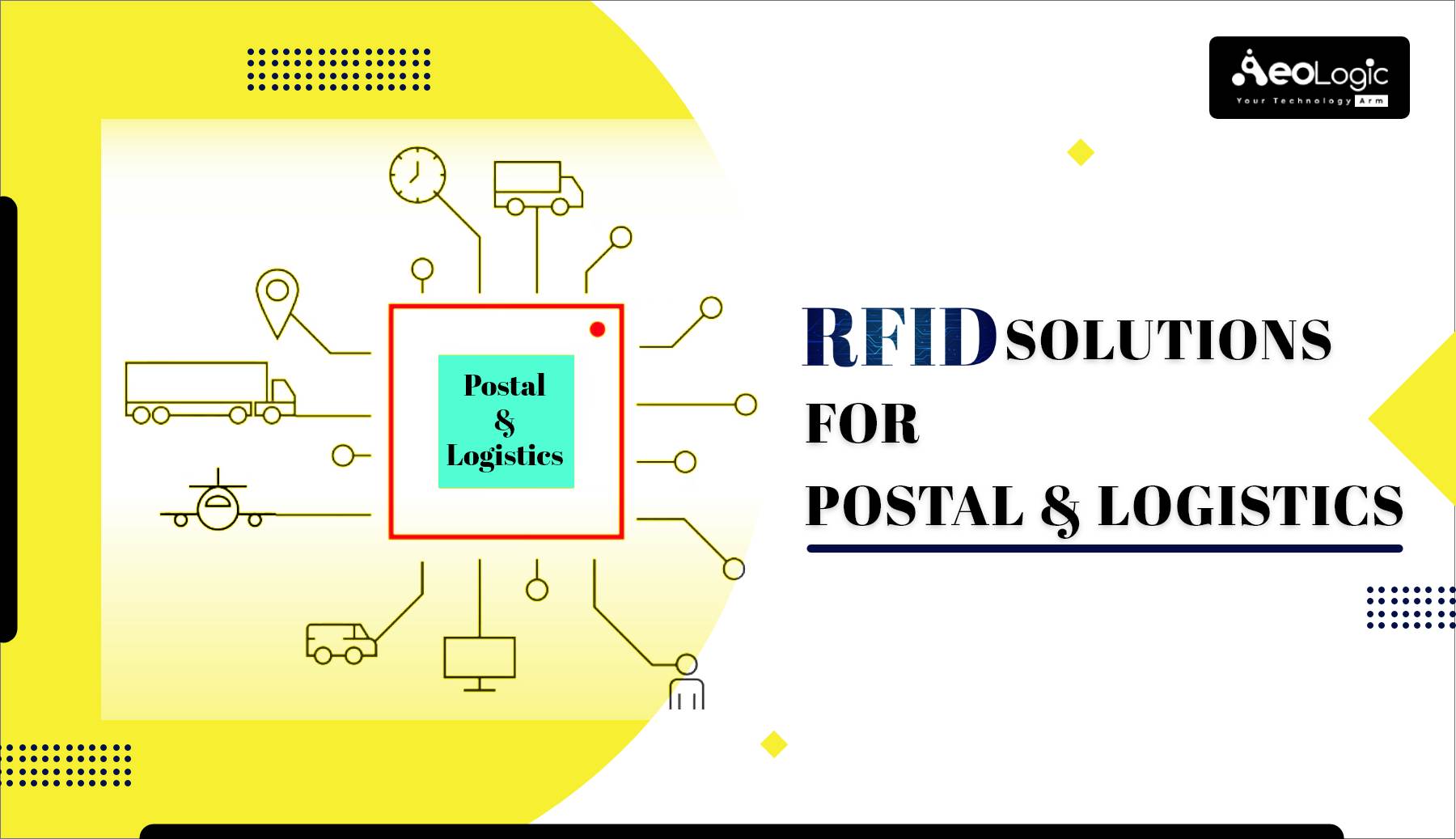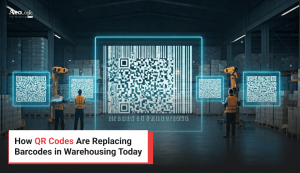In today’s data-intensive internet-driven global business environment having insight into your supply chain and operations is no longer a competitive advantage but a necessary challenge. Conventional standalone identification practices like barcode technology just don’t cut it anymore in a connected world. The business leaders of today’s economy require a solution that integrates the technologies of tomorrow. In this blog, we are exploring way of how to RFID solutions helps in Postal services and logistics industry.
A Brief about RFID
Radiofrequency identification system(RFID) is based on the identification of deliveries by means of electronic labels and its aim is to find areas for improvement within the logistics process.
The electronic label is an RFID tag that incorporates a microchip with the code of the letter. The RFID reader generates the energy necessary to capture the information from the tag. The activation of radio frequency due to the movement between the reader and the tag records the information and saves it into the cloud.
RFID Solutions for Postal Services and Logistics
The RFID solution is applied to postal and logistics in the following way:
1) – The team working in the postal warehouses puts the RFID tag on each letter, these are then left in the letterboxes, post offices, or mass acceptance centers with rigorous control of the date, time, and the place from which they need to be sent.
2) – The letters are transferred to the automated processing center in the area of origin where the first reading is taken when they are unloaded from the van and passed through the bay.
3) – The second reading is taken when they go into the automation room. In the sorting process, a code is printed that indicates the date and time at which the letter passed through the machine.
4) – When it leaves this and goes to the dispatch bay another check is made, again information is captured by the radio frequency reader at the time of corresponding getting loaded.
5) – At the time of transport reaching the destination the controls are repeated at the same points in the unloading bay, in the transfer of the trays to the sorting room, in the automatic machine at the exit to the bays, and in the bays themselves before the van leaves for the delivery unit.
6) – The project begins with the installation of radio frequency identification (RFID) technology at the loading and unloading bays of postal centers with this control system any anomaly can be detected in real-time and action can rapidly be taken.
7) – The implementation of RFID technology also decreases the chances of human errors as it enables the business to be systematically driven every single item is getting scanned and enabling better tracking, monitoring, and identification without a lot of human interventions.
Conclusion
To conclude we’ll say that in this is the modern era of technology where every business in every industry is getting transformed and increasing their optimization by becoming more system radio frequency identification(RFID) technology has been adopted by many business owners as a necessary to grow their businesses to know more about RFID and its benefits in logistics and supply chain industry we’ll suggest you to please check out our more blogs on it.
Are you looking to get radio frequency identification (RFID) in your postal and logistics business? If yes so please feel free to contact us at support@aeologic.com

Manoj Kumar is a seasoned Digital Marketing Manager and passionate Tech Blogger with deep expertise in SEO, AI trends, and emerging digital technologies. He writes about innovative solutions that drive growth and transformation across industry.
Featured on – YOURSTORY | TECHSLING | ELEARNINGINDUSTRY | DATASCIENCECENTRAL | TIMESOFINDIA | MEDIUM | DATAFLOQ









